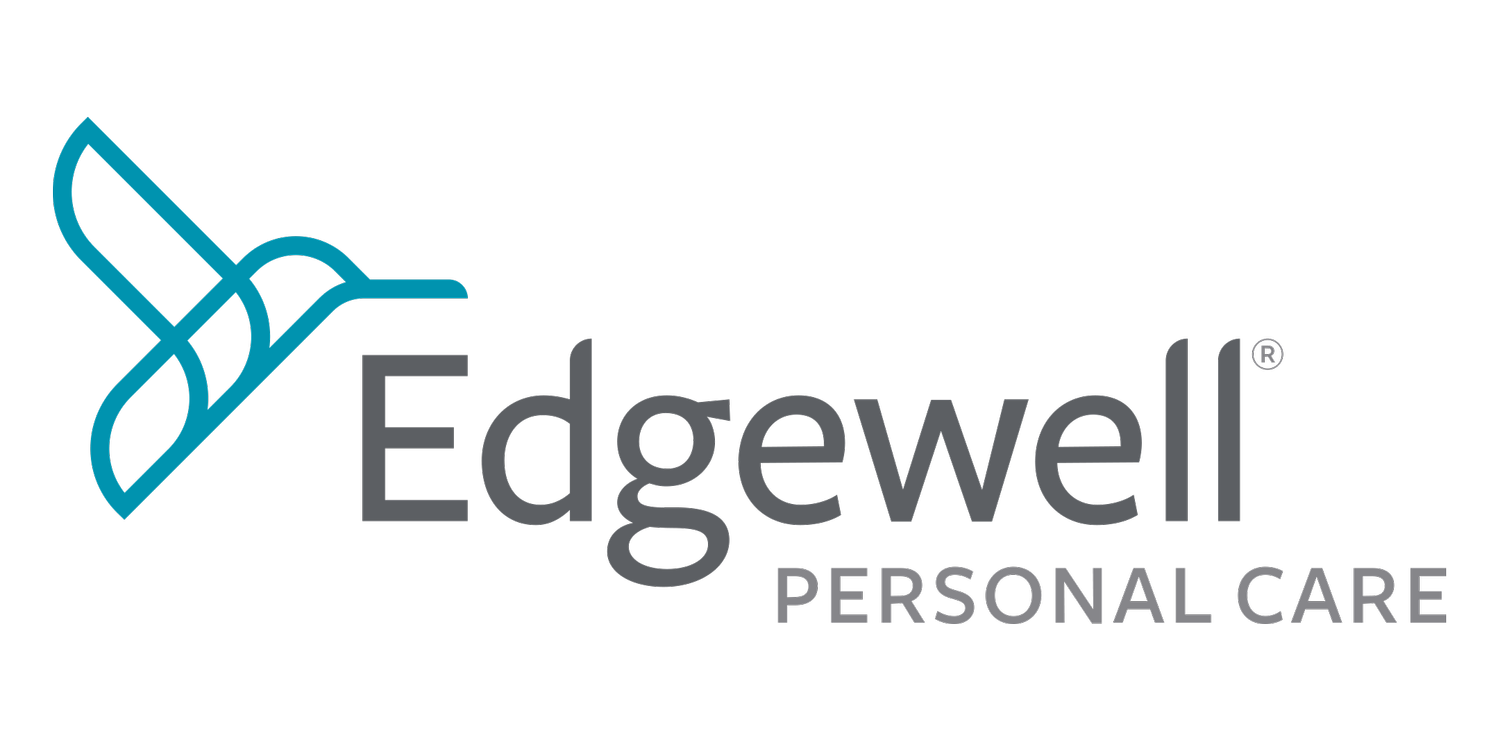
Stage 1 - Objective Setting
(Reading time 20mins)
Begin with the end in mind
To ensure we work efficiently and achieve tangible results, we need to be clear on the outcomes. This section helps you ask the critical questions to improve performance for your retailer and Edgewell.
At the bottom of the page, you will find a document that will help you to set the right objectives for your category project. Keep it open as you go through each stage.
Strategic category development process
Follow these steps to define what success will look like and how it will be measured:
Situational Analysis
Key issues and opportunities
Triggers and barriers
Frame the Opportunity - Triple Win
Headline Vision
Triple Win
Scope of Work - Project Objectives
Retailer
Geography
Formats
Categories
Timescales
Measuring Success
KPIs
Total Range
Merchandising
Activation
Triple Win
Balance the need of three stakeholder groups.
Thinking from the viewpoint of each group will ensure a more robust plan that will be easier to implement.
Consumers & Shoppers
“Inspire me with new ideas”, “Make things easier”, “Give me better value”
EPC
“Grow the category”, “Protect or grow profit”, “Be seen as category partner”
Retailer
“Attracting target shopper types”, “Improve margins”, “Use space better”, “Give their shoppers better promotions”
Project Objectives
Consider how you will set your project objectives to ensure you will win. Here are some areas to ways to set your targets.
Start with your overall objective:
Category Performance
Category value, % category growth, Category margin or profit, Penetration, Frequency, Weight of Purchase ($ or units), Distribution (numeric or weighted), Rate of sale (units or $)
Then set objectives by each category lever:
Range
% of market coverage, % category from innovation, % brand share, No. of SKU’s
Merchandising
Category space (m), % share of space, No. of SKU’s as % of facings, % share of Assortment, Position on shelf (rated by zone), $ per meter, % Retail Margin, Ease of shop pre & post, Availability - Out of Stock, zero sale days.
Activation
Average number of SKUs on promotion, No. of Off Fixture Display per store, % $ on promotion, Average category discount %, Attraction, Engagement, Conversion.
Measuring Success
There are suggested measures on the Objectives Setting Template on the Activation Objectives tab – Attraction = “% in Aisle of those Entering Store”, Engagement = “% in Aisle Stopping to Engage”, Conversion = “% in Aisle Purchasing”, usually measured by an observed shopper count or eye tracking study.
Select the right KPIs
Create a Balanced Scorecard (eg. financial, category and qualitative)
If no direct measure exists, think how you could use a suitable alternative
Keep approx. 5% of budget to post-evaluate
Category Objectives Setting Template
Here is an example for you to shape your objectives:










